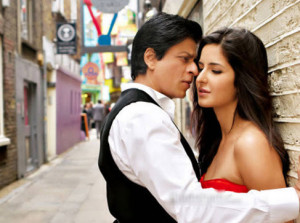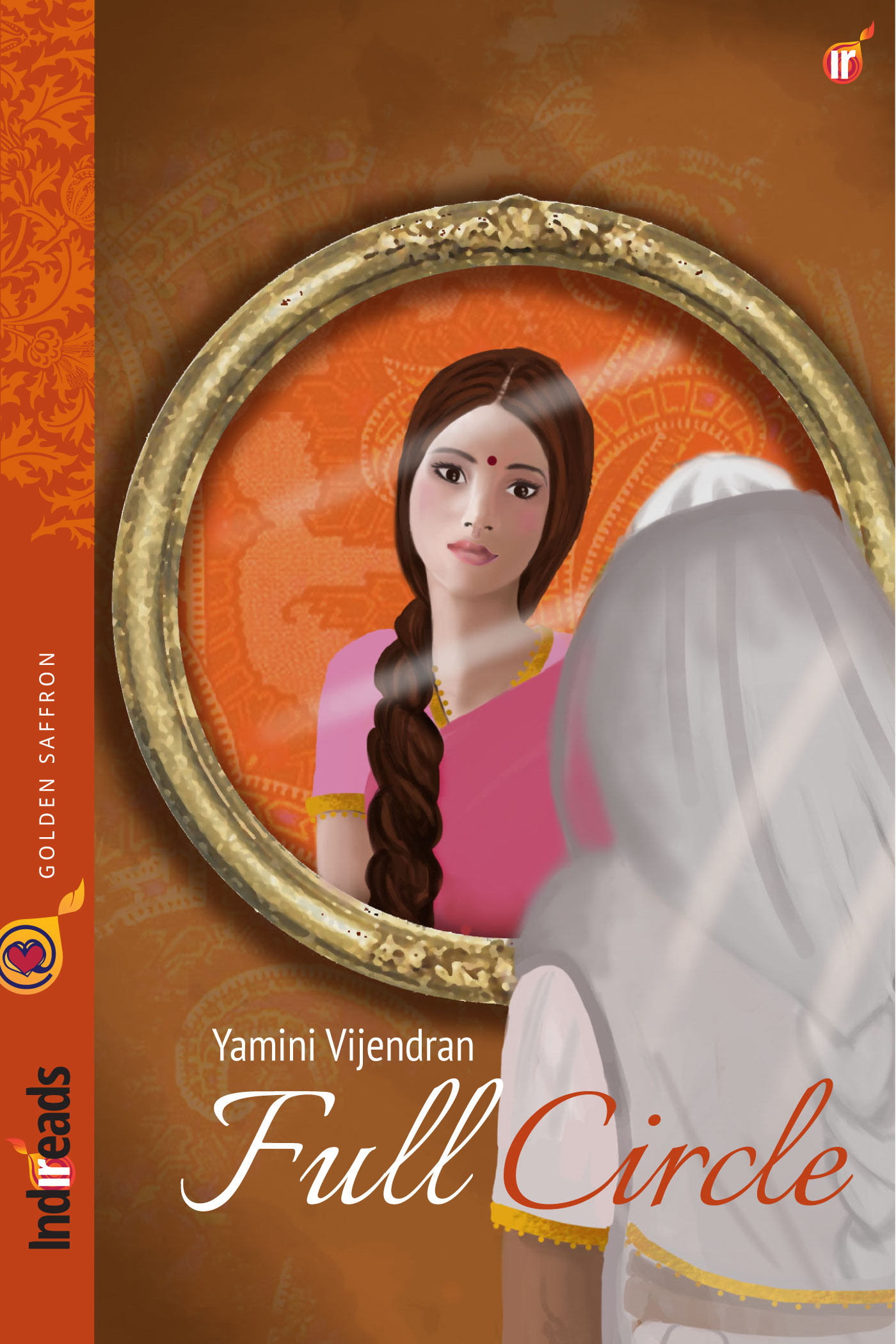In literature and in life, the themes I connect to most strongly—perhaps because they echo the story of my life—are those of discovery and freedom, leading inevitably to disconnection, displacement and eventually to new beginnings. The themes are a familiar literary backdrop, revisited again and again in love stories, novels and movies.
Why are these commonly recurring themes? And what makes them so powerful? The answer lies, I believe, in the trajectory of life. We are perpetually pitched into the unfamiliar, jolted out of our comfort zones and asked to move, with times that are a-changing. And no matter how much we kick or scream or resist, willingly, or unwillingly, we are continually poised on the brink of letting go of something old to find something new. And so, when we read about it, we relate to the fear and sympathize with the unfairness, and inevitability of it all.
Our newest release, Butterfly Season, launched this month, touches on these themes in the life of a thirty-something Pakistani woman Rumi, who is blithely and unsuspectingly on vacation in London for the first time in ten years. The spirited side of her, squashed by family and cultural dictates, wakes up and causes Rumi to act on impulse, to let go and to fall in love—until reality catches up with her in the form of her moralistic sister, who brings her face to face with the far-reaching consequences of her actions.
What strikes me, ironically enough, is that, although Rumi believes herself to be an emancipated modern woman, how hemmed in and closely scrutinized her life actually is. Although she is independent, employed at an unconventional job and is able to invite her friends over for breakout evenings on her rooftop, beyond these small incursions, Rumi is not really free to venture out and discover what she wants in life. It is her vacation that grants her the freedom to discover, to explore and to experience the heady power of being attractive to an attractive man.
It is telling that for so many of us, the process of going away may be the only means of coming alive and coming home to oneself. For so many South Asian women the disconnect has been linked to marriage—the end of the old and the beginning of a new life. More and more young women however, are able to choose other paths. To begin offbeat careers, to work or study away from home, to travel, to break boundaries, forge new paths, to explore and discover and find ourselves, as individuals, unconnected to family, tradition, or relationships.
Ultimately however, like Rumi, each of us is challenged to choose between old and new, and at that precise moment of choice and courage, we are rebirthed—free of our cocoons, to venture forth into a new life.
Here is to all of us—beautiful, resilient butterflies.
—-
Only in the unfamiliar are we able to distance ourselves to recognize who we have become, and what we really wanted to be.


 So does this advance the cause of romance in our part of the world? I don’t know. It is a breath of fresh air to see sexuality up close and not left in the realm of ‘those books’ and ‘art’ movies. And yet, sometimes it feels like a collective loss of innocence on our part. Does the longing of the couple for their wedding night lose its charm if they are already co-habiting? Can clumsy embraces and stolen kisses be more titillating than overt sexual encounters?
So does this advance the cause of romance in our part of the world? I don’t know. It is a breath of fresh air to see sexuality up close and not left in the realm of ‘those books’ and ‘art’ movies. And yet, sometimes it feels like a collective loss of innocence on our part. Does the longing of the couple for their wedding night lose its charm if they are already co-habiting? Can clumsy embraces and stolen kisses be more titillating than overt sexual encounters?
 You’ve all read and watched the love stories of the west: from Mills&Boons’ romances to Pretty Woman, romance is saturated with rich, debonair men falling for feisty women.
You’ve all read and watched the love stories of the west: from Mills&Boons’ romances to Pretty Woman, romance is saturated with rich, debonair men falling for feisty women.